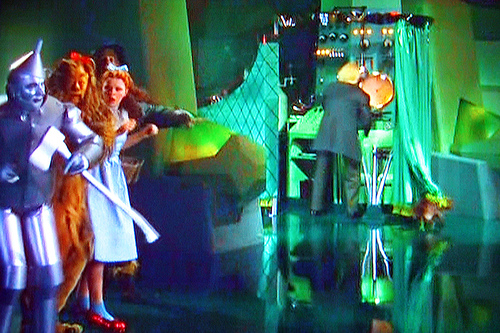Ignore the old man behind the curtain
There are about 4 things that can cause this
1 Make sure the battery is charged, remove it, and find someone who has and knows how to use a "carbon pile" battery tester like this:
If you have a battery "with caps" consider buying and learning how to use ahydrometer. Get one that is "temperature corrected, IE "has a thermometer"
2 Make some tests. Hook one probe of your voltmeter to the battery positive POST, the other probe to switched ignition, IE ignition 'run.' Turn the key to "run" with engine off. You are measuring voltage drop from the battery through the harness, bulkhead, and switch, and are HOPING for a very low reading. More than .2--.3V (three TENTHS of a volt) is too much, and means a bad connection somewhere. Your top suspects are the bulkhead connector, the igntion switch connector and switch, and in rare cases, the ammeter circuit
3 Next, Start the engine, get the battery "as normal as possible" with the engine running at "low to medium" cruise RPM. IF THE VOLTAGE was significant in the above tests, "rig" a jumper from the battery (starter relay stud) to "igntion run" so that the regulator gets actual battery voltage.
Measure charging voltage, and see if this jumper brings charging voltage down to 13.8--14.2 or so
4 Next, with engine running, stick one probe of your meter directly onto the battery NEG post, and the other directly onto the regulator mounting flange. Be sure to "stab" through any paint, chrome, etc
AGAIN, you are hoping for a low reading, less than .2--.3V MORE than that figure means a poor ground between the battery, block, body, and regulator.
On my car, I used a 1 ft "starter cable" (no4 "ring to ring") from a rear head bolt hole to the master cylinder mount.
5 If all the above checks OK and the charging voltage is still high, replace the regulator


















